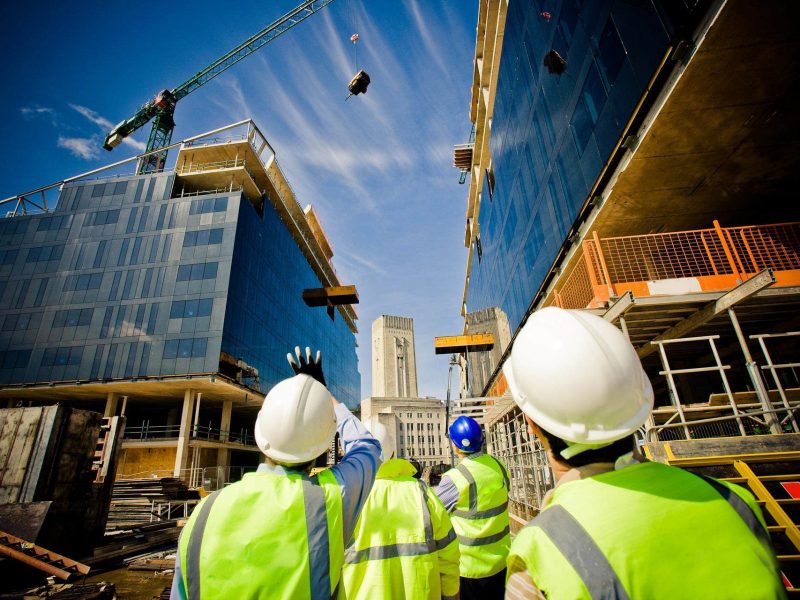What Is Retrofitting?
Retrofitting is defined as the process of modification of existing structures like buildings, bridges, heritage structures to make them more resistant to the seismic activity and other natural calamities.
Retrofit in structures is done to increase the survivability functionality. The applications include different types of bridges, buildings, industrial structures, transport structures in urban areas, earth retaining structures and marine structures.
What Is The Importance of Retrofitting in Structure?
The current renovation is spreading like wildfire around the world as many of the important historical, public, and private structures age and weaken due to the flow of time. Retrofitting is one of the best ways to protect an existing unsuitable building from future earthquakes or other likely environmental forces. In the process of redevelopment, new functions are added to old buildings, historical structures, bridges, etc. The retrofitting will reduce the susceptibility to damage to an existing structure during seismic activity in the near future. The aim is to strengthen a structure that meets the requirements of the current seismic design codes. to make them more resilient to earthquakes, ground movement and soil failure due to earthquakes or other natural disasters such as tornadoes, cyclones and high-speed winds caused by thunderstorms, snowfalls and hailstorms. Structures lose strength in due course, some structures are important in terms of their public, social or past significance. Strength, resistivity and total useful life of the structure.
What Is The Principles of Retrofitting Design?
- Strengthening the members versus strengthening the structural system.
- Elements that do not meet the safety requirements must be reinforced. Often, however, the mistake is that the strengthening of the entire structural system is neglected. Strengthening the bond between the elements has a huge impact on structural integrity.
- Local strengthening versus global strengthening.
- Local strengthening of an individual member can be carried out only if the strengthening does not affect the structural performance of the whole system.
- Temporary strengthening versus permanent strengthening.
- The standards and requirements for temporary strengthening may be lower than those for permanent strengthening.
- Special considerations for earthquake resistant strengthening.
- To use new seismic technologies.
What Are The Reasons For Providing Retrofitting?
- Building which are designed considering gravity loads only.
- Lack of timely revisions of codes of practice and standards.
- Development activities in the field of Earthquake Resistant Design (EQRD) of buildings and other structures result into change in design concepts.
- Lack of revisions in seismic zone map of country.
- In cases of deterioration of Earthquake (EQ) forces resistant level of building e.g. decrease in strength of construction material due to decay in structure, damage caused by fire, and settlement of foundations.
- In cases of alterations in buildings in high seismic activity zone i.e. increase in loading class, increase in number of story etc.
- The quality of construction actually achieved may be lower than what was originally planned.
- Improper planning and mass distribution on floors.
- Lack of understanding by the designer.
What Are The Types of Retrofitting?
Retrofitting of Reinforced Concrete Structure:
- Reinforcement Concrete Jacketing:
- Wrapping Column With CFRP:
- Steel Jacketing of Column:
- Steel Caging:
Retrofitting of Masonry Structures:
- Crack Stitching in Plaster:
- Cement Grouting in Cracks:
- Shotcreting:
What Are The Advantages of Retrofitting?
- Energy efficient.
- Increases life span.
- Existing buildings can be made green later on.
- Allow changes in future as per the need.
- Low carbon emission from building activities.
- Upgrades existing element of building.
- Adaption of new technology.
- Material from the structure can be reused in some cases.
- Reused maintenance cost.



